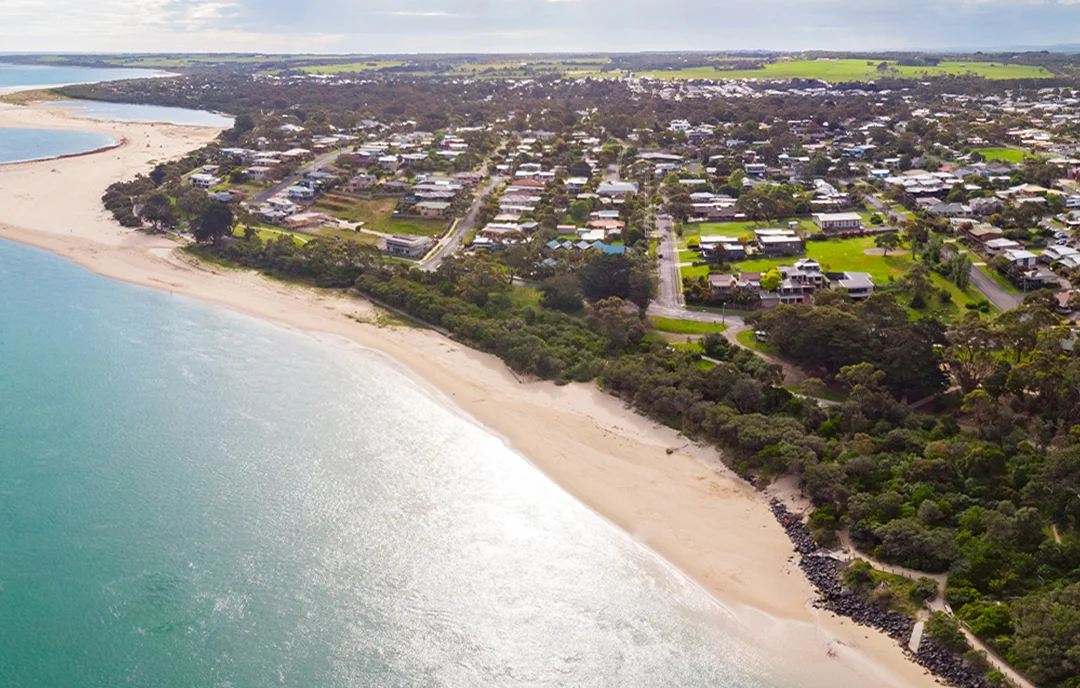I’d like to acknowledge the Traditional Owners of Country throughout Australia. We pay respects to Elders past and present.
Extending across the agricultural heartland of west and south Gippsland, the electorate is bordered by the Bass Coast in the south to the mountainous high country in the north. Monash is made up of many small and medium rural communities from Longwarry in the west through to Moe and Hedley in the east.
The true beauty of the Monash electorate is the combination of its people and places. From our Indigenous Australians and early settlers through to newer arrivals to our great region, we are made up of a diverse, supportive and welcoming people.
With the region rich in agriculture including beef, dairy, lamb, extensive horticulture, fishing and seafood, Monash is a major contributor to supermarkets and fridges around the world, supplying some of the cleanest and greenest produce available.
Small businesses are the backbone of our region, creating local jobs and employment, helping our young people get their first job and supporting our many sporting clubs and community groups through sponsorship.
Visitors from near and far travel to enjoy our region from having a fish at the Port Welshpool Long Jetty, to seeing the world-famous penguins arrive at Phillip Island, hiking and camping at Wilson’s Promontory through to the ski slopes of Mount Baw Baw. There is lots to see and enjoy around Monash.
The electorate is named in honour of Sir John Monash, who in 1884, at the age of 19, began his military service and in 1914, the First World War broke out.
By 1918, Sir Monash was in charge of the entire Australian Corps and it was in this same year that King George V knighted him on the battlefield for his role in the Battle of Hamel Hill. As a scholar, soldier and later as an engineer involved in the development of the local power industry, Sir John Monash was a highly regarded figure of Australian society, leaving a legacy in our community that continues today.


